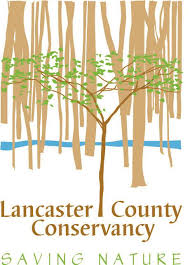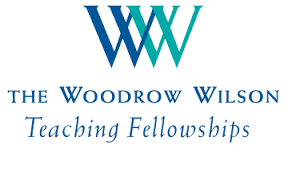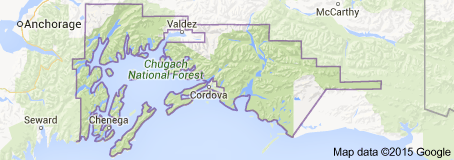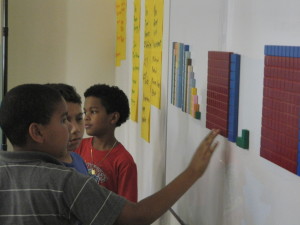
“I like libraries. It makes me feel comfortable and secure to have walls of words, beautiful and wise, all around me. I always feel better when I can see that there is something to hold back the shadows.†-Roger Zelazny
Summer is almost here and that means it’s soon time to sign your child or teen up for a Summer Reading Program at your local library. Every year, businesses (including local Lancaster County businesses) donate coupons and prizes to incentive students into completing a reading challenge. The summer months off school often result in a staggering loss of learning. Keeping your kids reading helps them retain what they’ve learned during the school year and also gives them opportunities to do their own independent learning, whether reading about maps or horses or computer programming!
Of course, libraries aren’t just for kids. Even with your busy summer schedule, consider setting goals for yourself. During those beach days or on the blistering hot August days when you’re camped inside with the AC on, try to squeeze in some time to read a novel or biography or memoir. Some libraries also offer adult reading programs so maybe the chance of winning an Amazon giftcard will help encourage you to do some reading this summer. Â My goodreads goal is to read 30 books this year.
Make sure you also ask about summer events at your library; there are often great educational programs and fun events for all age groups (including adults) hosted all throughout the summer. Consider going to programs and events as a family.
There are 18 libraries in Lancaster County. To find out which one is closest to your family, click here.
Here is a recent video (10 minutes) from The Atlantic showing why libraries still matter by highlighting modern libraries in New York:









